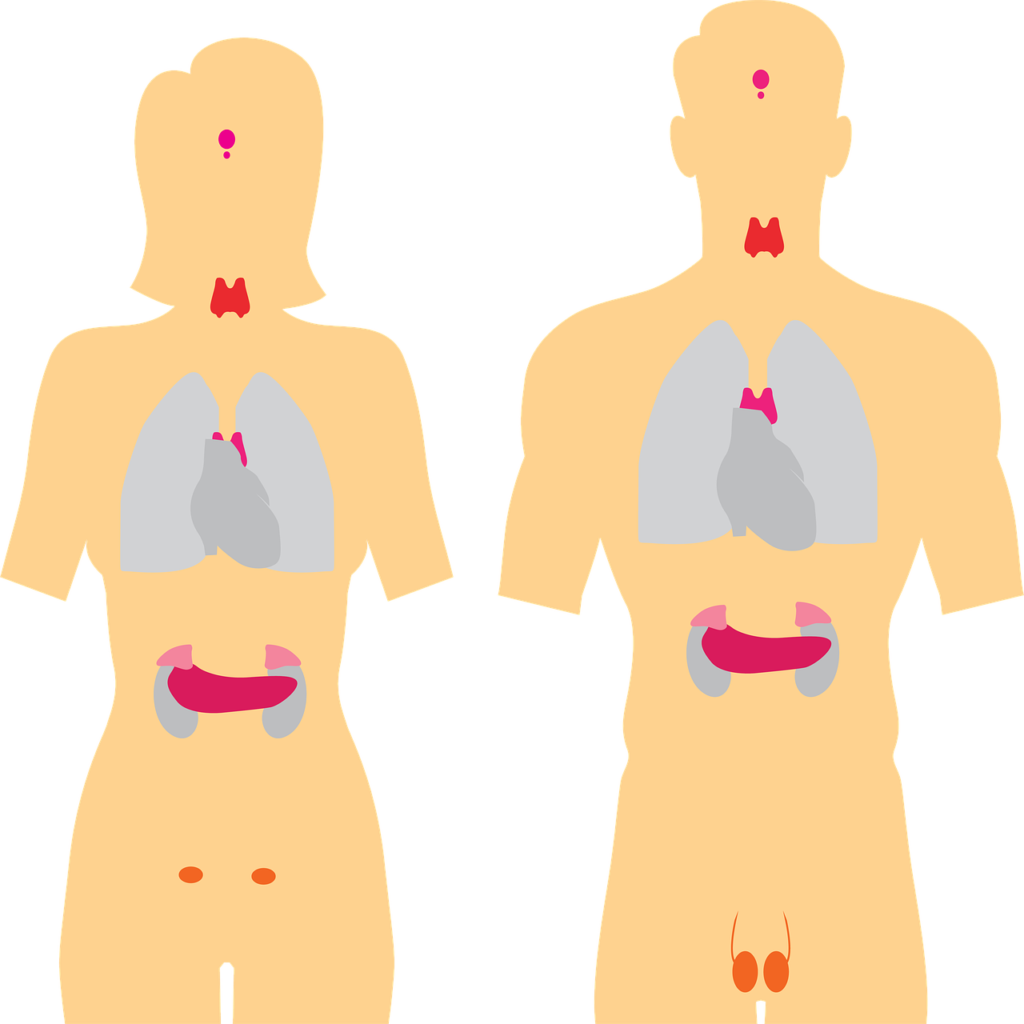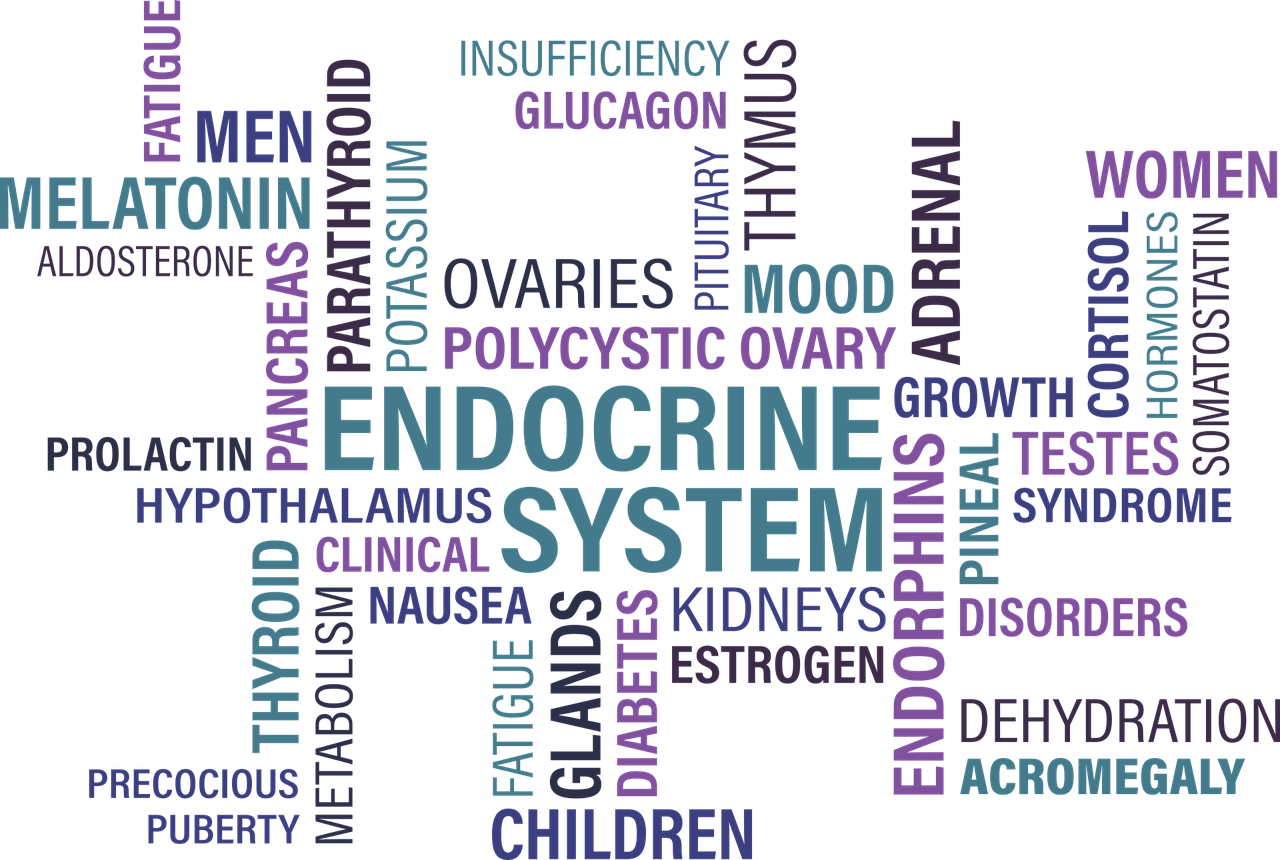Thyroid gland disorders are defined as follows:
A condition caused due to disorders of the thyroid gland from autoimmune processes.
This results from the overproduction of thyroid hormones or cause destruction of the glands and underproduction of thyroid hormones on the whole.
Thyroid gland produces two main hormones, for example:
- Thyroxine ( T3 )
- Triiodothyronine ( T4 )

A) Hypothyroidism – thyroid gland disorders:
Etiology and causes of this thyroid gland disorders:
- Firstly,
- Hypothyroidism is a condition which is caused due to deficiency in thyroid hormone production which can be due to thyroid failure.
- Less commonly,
- By pituitary or hypothalamic diseases.
- Secondly,
- Congenital hypothyroidism is considered to be vital, markedly in neonates.
- There should be an emphasis in order to use neonatal screening methods to prevent any underdevelopment in children.
- Thirdly and most importantly, Transient hypothyroidism usually occurs in silent thyroiditis.
- Subclinical hypothyroidism, is a state in which the hormone levels are significantly stable and following this, there is a mild elevation of thyroid stimulating hormones.
- Clinical hypothyroidism, in addition, is a condition which results from increased TSH levels and low T4 levels.
- The main causes of hypothyroidism hence are as follows:
| A) Primary: 1) Autoimmune hypothyroidism : Atrophic thyroiditis, Hashimoto’s thyroiditis 2) Iatrogenic : Subtotal or total thyroidectomy, External irradiation of the neck for lymphoma or cancer . 3) Drugs 4) Congenital hypothyroidism : Absent or ectopic thyroid gland, TSH-R mutation 5) Iodine deficiency 6) Infiltrative disorders : Amyloidosis, sarcoidosis and scleroderma |
| B) Transient: 1) Silent thyroiditis including postpartum thyroiditis 2) Subacute thyroiditis 3) Withdrawal of thyroxine treatment in individuals with intact thyroid 4) After subtotal thyroidectomy |
| C) Secondary : 1) Hypopituitarism : tumors, pituitary surgery, Sheehan’s syndrome, trauma and infiltrative disorders 2) Isolated TSH deficiency 3) Hypothalamic disease |
Clinical features of this thyroid gland disorders:
- Symptoms of hypothyroidism are as follows:
- Lethargy
- Dry hair
- Dry skin
- Difficulty concentrating
- Poor memory
- Constipation
- Mild weight gain
- Hoarse voice
- Muscle cramping
- Menorrhagia
- Cardinal features includes markedly bradycardia, diastolic hypertension, cool peripheral reflexes
- Carpel tunnel syndrome may be present additionally.
- The most chronic and extreme condition for instance can be caused due to:
- Expressionless face, dull, sparse hair.
- Others like pale cool skin and periorbital puffiness can also occur.
- The condition may progress, following this, into a myxedema coma with respiratory depression.
- Factors that can lead to Myxedema coma, additionally are cold exposure, trauma, infection and administration of narcotics.
Diagnosis:
- The main diagnostic features that occur hence, are as follows:
- Decreased serumT4 levels
- Increased serum TSH levels in cases of primary hypothyroidism.
- Thyroid peroxidase antibodies:
- Increased in >90% of people
- Elevated cholesterol, increased creatinine phosphokinase and anemia
- Additionally, on ECG, it shows flattened or inverted T waves and low amplitude QRS complex.
Treatment:
- Patients < 60 years old without any cardiac issues should be started on the whole with 50-100 micrograms of levothyroxine daily.
- Patients with a known cardiac issue:
- 12.5-25 micrograms of levothyroxine all in all.
- Thyroid Stimulating Hormone should be tested after 6-8 weeks significantly.
- In secondary hypothyroidism
- TSH levels cannot be used significantly, and therapy should be guided with free T4 measurements.
- Furthermore,
- 50% of levothyroxine dose similarly should be increased to maintain the levels of thyroxine in cases of pregnancy
- In conditions of Myxedema coma
- In addition, levothyroxine 200-400 micro grams should be started
- IV route
- Followed by an oral dose of 1.6 micrograms/kg per day.
- Hydrocortisone 50 mg:
- Every 6 hours for ventilatory support.
- Followed by, impaired adrenal reserve.
Follow us for more such content here
In conclusion, Please refer this book for a detailed description of the disease: Harrisons book of internal medicine

